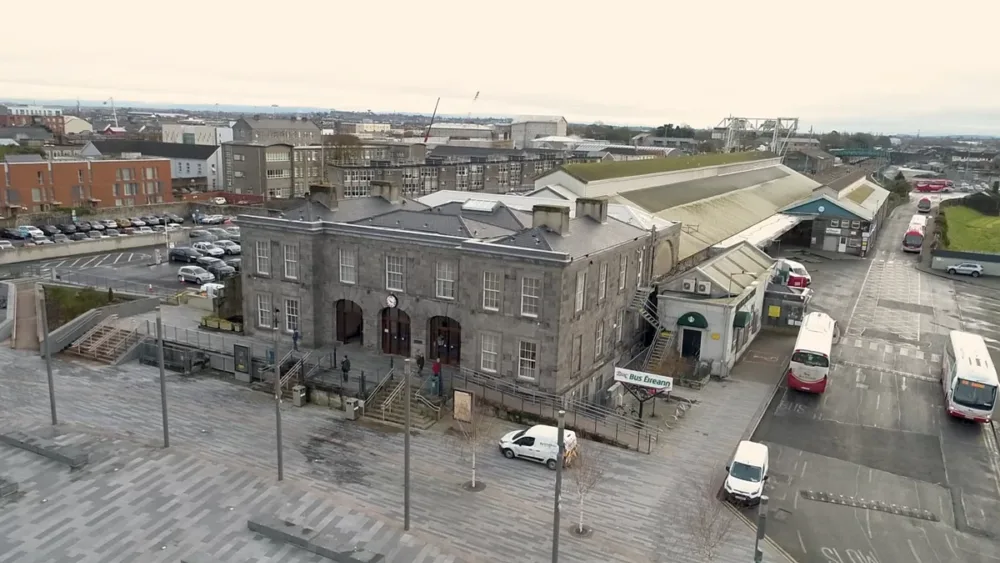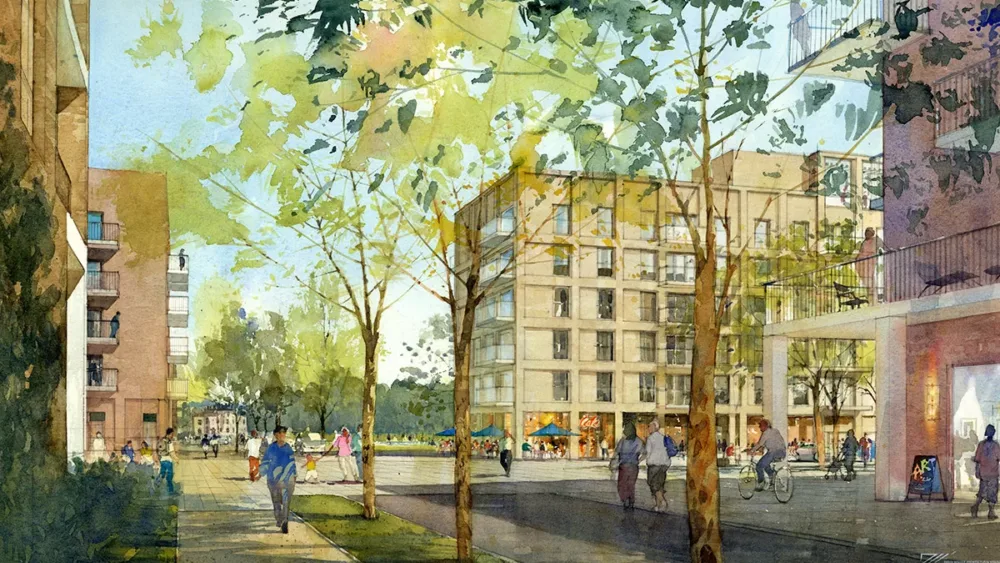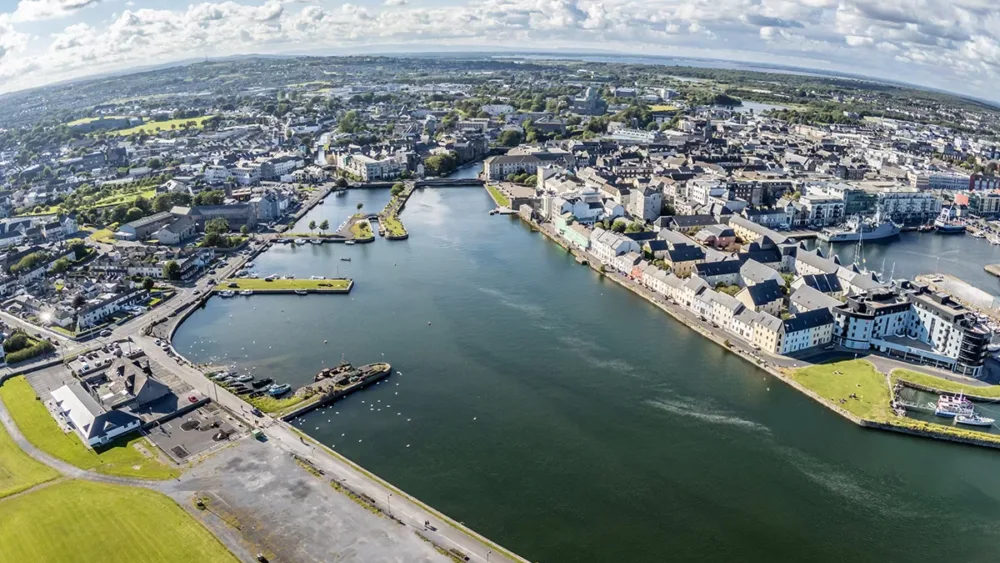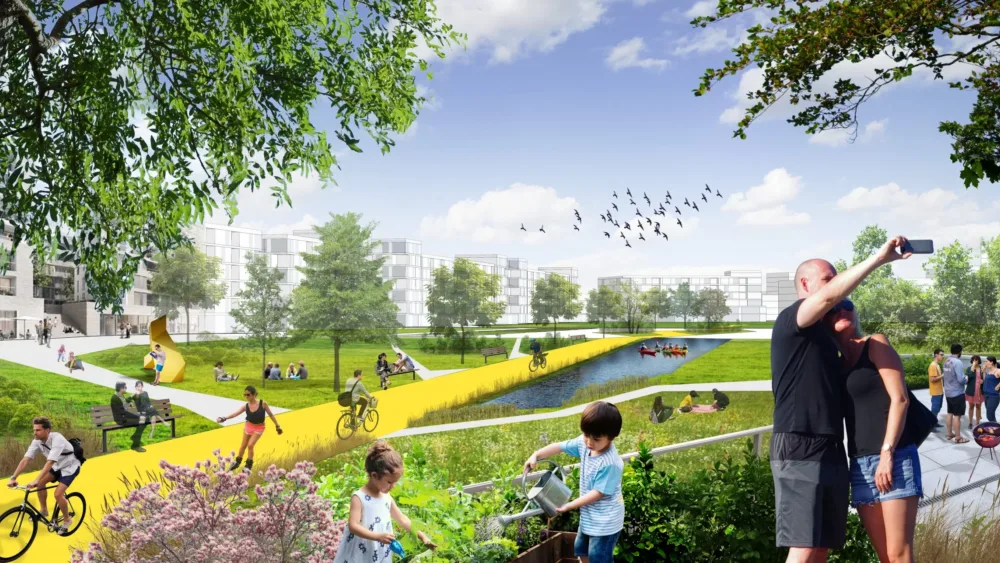Design team selected for Limerick city centre development ‘masterplan

This publication was originally published on RTE online news: https://www.rte.ie/news/business/2020/0110/1105547-limerick-masterplan/
A design team has been selected to spearhead the transformation of over 100 acres of public land around Limerick’s Colbert Station to create a new city centre urban neighbourhood.
A design team has been selected to spearhead the transformation of over 100 acres of public land around Limerick’s Colbert Station to create a new city centre urban neighbourhood.
The major urban plan, which envisages the development of housing for up to 15,000 people, as well as cultural, commercial, and amenity space, is being lead by the Land Development Agency.
The agency is tasked with coming up with sustainable living and transport plans for public land use across all of the country’s cities.
The significant and strategic landbank around Colbert Station belongs to CIE.
It also includes land adjacent to St Joseph’s Hospital, which belongs to the HSE,as well as sport and leisure space along the Hyde and Careys road areas.
A memo of understanding will be signed later this afternoon between the Land Development Agency, CIE, the HSE and Limerick City council to mark a new phase in bringing this plan to fruition.
The design team will be headed by David Browne, who is president of the Royal Institute of Architects of Ireland.
The team will begin work straight away on looking at the potential of the site to create new and sustainable living and cultural spaces – much of it car-free – which can be built around Limerick city’s central transport hub.
John Moran, Chairperson of the Land Development Agency, said this type of transformational development for city centres is really what the agency is about.
He said the plan is to get ahead of an estimated population growth of over 50,000 people in Limerick by 2040 and to have affordable and sustainable housing and living models in place ahead of that growth in order to be able to attract new citizens and accommodate them.
Mr. Moran estimates that the landbank could accommodate living space for between 10,000 and 15,000 people, who would not have to commute to the suburbs, and could work, be educated, be entertained and seek their health and other services in the city centre.
He said the Land Agency will lead and fund the project, but development will also include private development once the overall masterplan has been put in place about the potential of the land space.
He said the design team will be looking to sustainable models of living and working from cities like Copenhagen and Utrecht in the Netherlands, with a shift towards accommodating cycling instead of car transport in the city centre.
He said a key to this dynamic is that all stakeholders are working together, rather that repeating the piecemeal mistakes of the past.
The design team are expected to come up with a masterplan for the area in six months and be able to present it by the summer.
The masterplan will also involve widespread public consultation over that time when communities across the city are being invited to make their own views known to help the overall design evolve.



